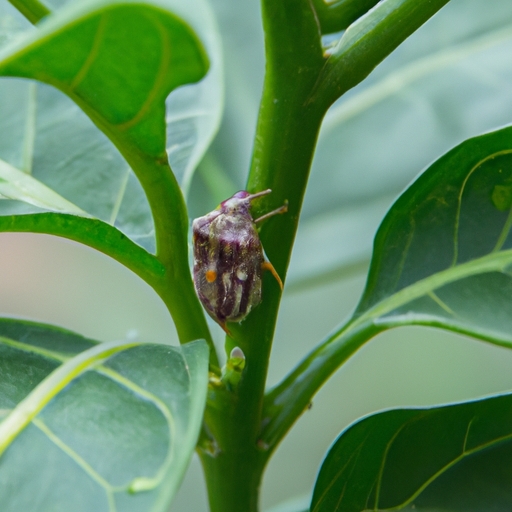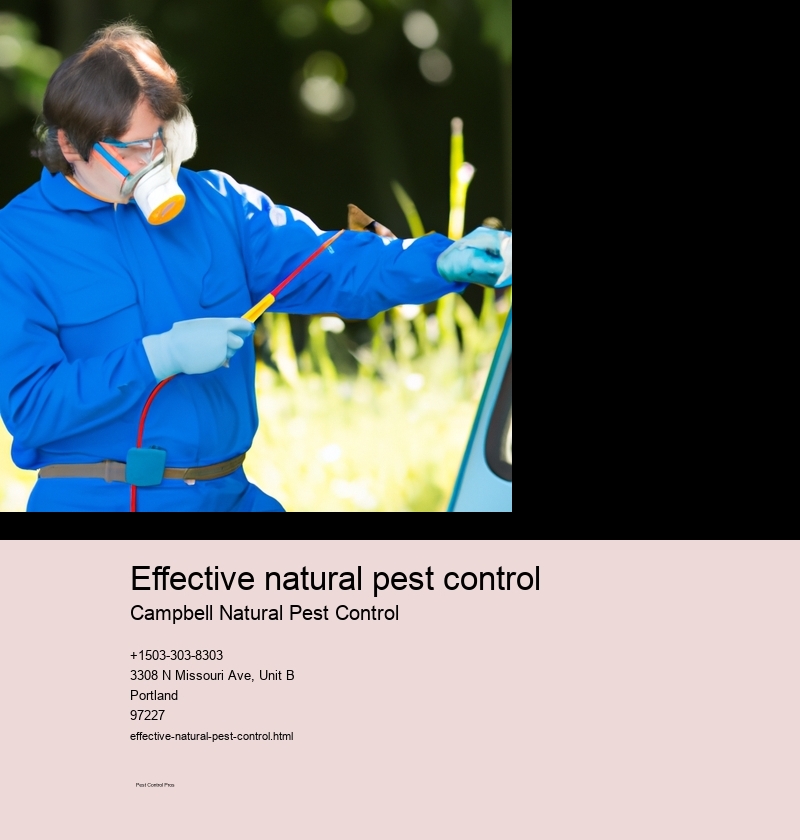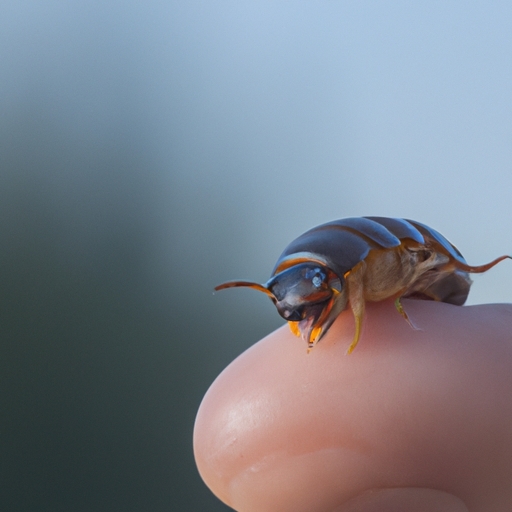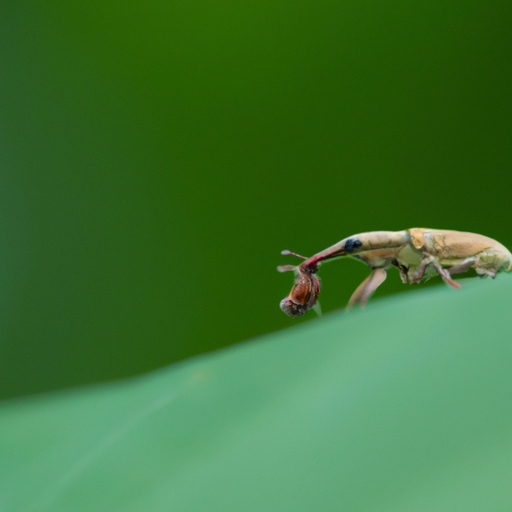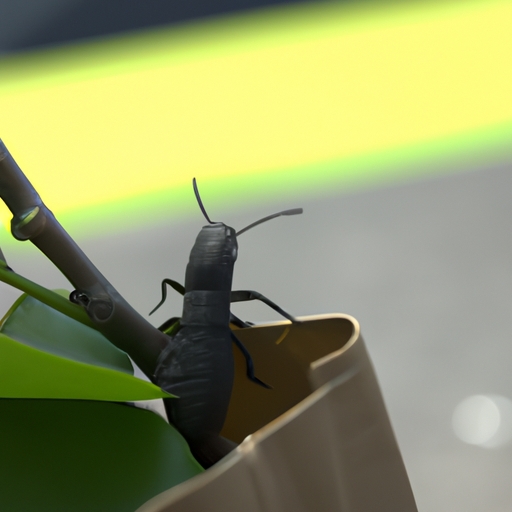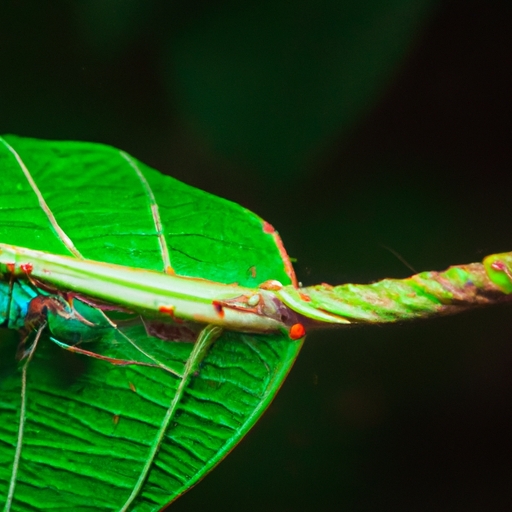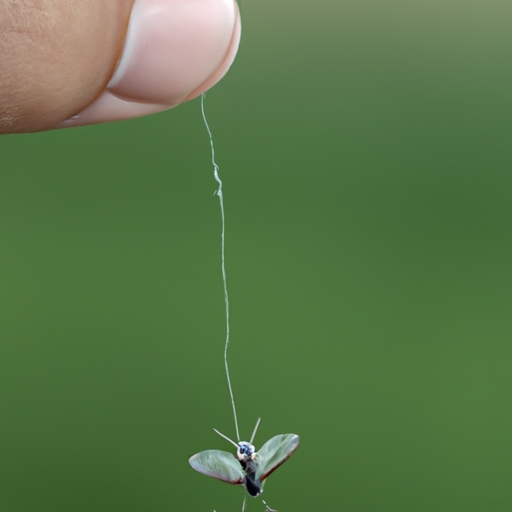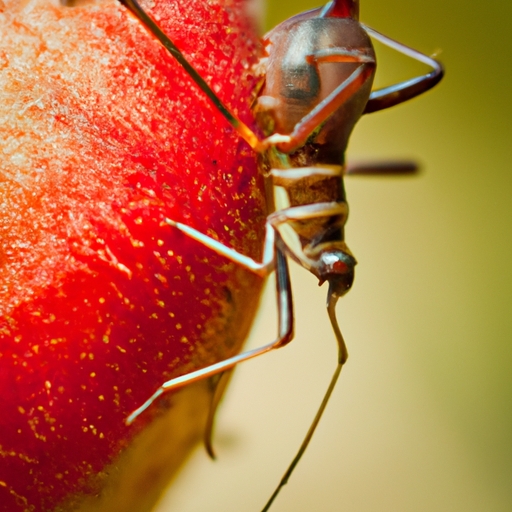effective natural pest control
Introduction
Identifying pests and potential infestation sites is an important part of effective natural pest control! It can be tricky to discover intruders in our homes, gardens or fields. We must use all the tools available to ensure that our environment remains safe from unwanted creatures.
Firstly, we must become familiar with the different types of pests found in our area. Knowing their appearance, habits and habitats will help us identify them quickly if they appear. Additionally, we need to know what kinds of food attracts them and how they enter buildings or plants. (This includes checking for cracks or holes). Secondly, it is important to recognize potential infestation sites on the property. This might involve inspecting woodpiles, compost heaps, sheds and other places where bugs like to hide out.
Finally, once these possible sources have been established it's necessary to take action against potential problems. This can include using natural repellents such as garlic sprays and coffee grounds; sealing off entry points; disposing garbage regularly; and removing decaying trees or branches which may attract certain species.
In conclusion, understanding how to detect pests early on and identifying possible infestation sites is a major key for successful natural pest control! With diligence and knowledge we can protect our space without resorting to harsh chemicals!
